Our “Plant a Million Trees for Indonesia” campaign is one of our major programme in 2021 working collaboratively with communities in Indonesia, particular the textile artisans communities. We know that trees provide so many benefits to our everyday lives, and in our projects, we have chosen to grow fruit trees that are great for the environment which can be consumed and part of the trees such as their leaves, roots, seeds or barks can be harvested to use for natural dye materials.
We will be working closely with textiles artisans (batik artisans groups and weavers’ groups), encouraging them to grow natural dye trees such as Morinda Citrifolia, Mango, Jack-fruit, Candle-nut, Ketapang (Indian Almonds) and many more. In addition to their natural dye benefits, these trees will provide amazing fruits and crops which can be enjoyed by their families in the future, or sold as crops to support their families.
Here are some of our chosen trees for our planting programme and our reasons for choosing:
Mango Trees: These trees will grow to a very large height and spread. They are long-lived, as some specimens still fruit after 300 years. The fruits will feed the families or even provide crops to sell. The leaves can be used to produce yellow natural dye and the barks can also be used for similar colour dye, but the harvesting of the bark must be done carefully to ensure that the trees are will not suffer as a result. 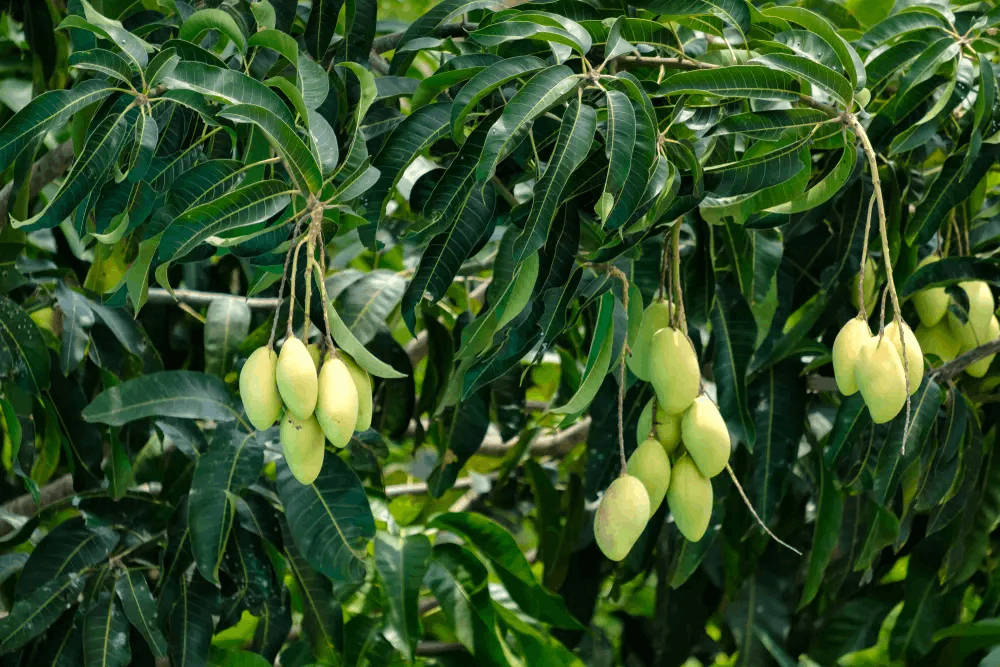 Mango Trees, great for people and the environment.
Mango Trees, great for people and the environment.
Morinda Citrifollia: There many varieties of Morinda Citrifolia plants grown in Indonesia. Each variety produces different size fruits and the roots produce different shades of red/brown dye. The fruits of the Noni plants (morinda citrifolia) are medicinal and used widely for varieties treatments and drinks. The roots of the Noni plants produces reddish-brown colours and often used in the dying yarns in Borneo. In East Nusa Tenggara (Timor, Flores, Sumba, Sabu, Rote, Alor, Solor and Lembata), they usually use the roots of Morinda Citrifolia Tinctoria. This variety of Morinda bears smaller fruits and produces beautiful shades of red dye.
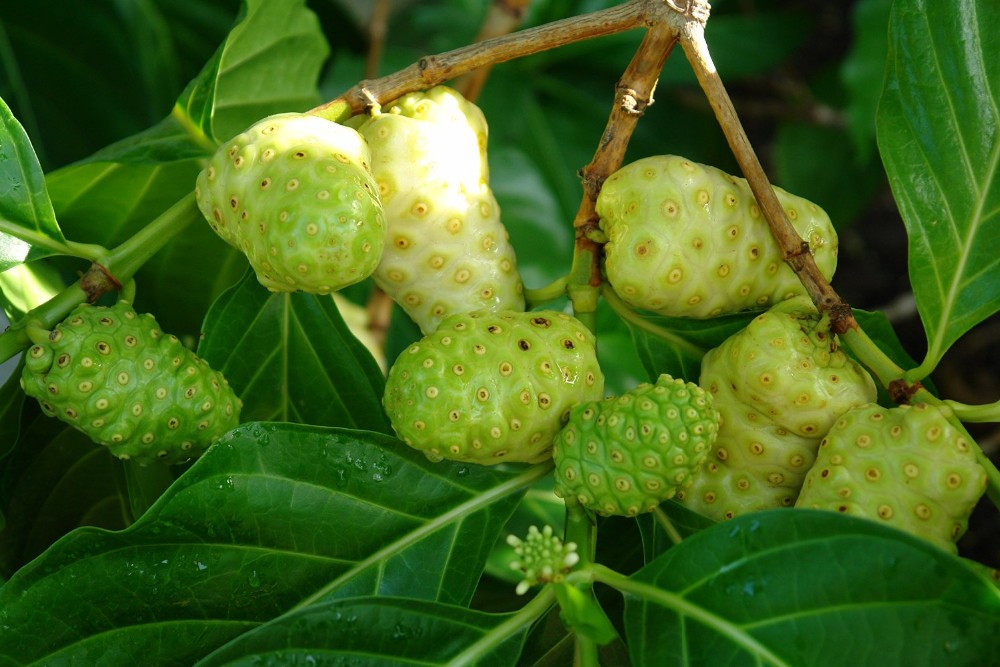
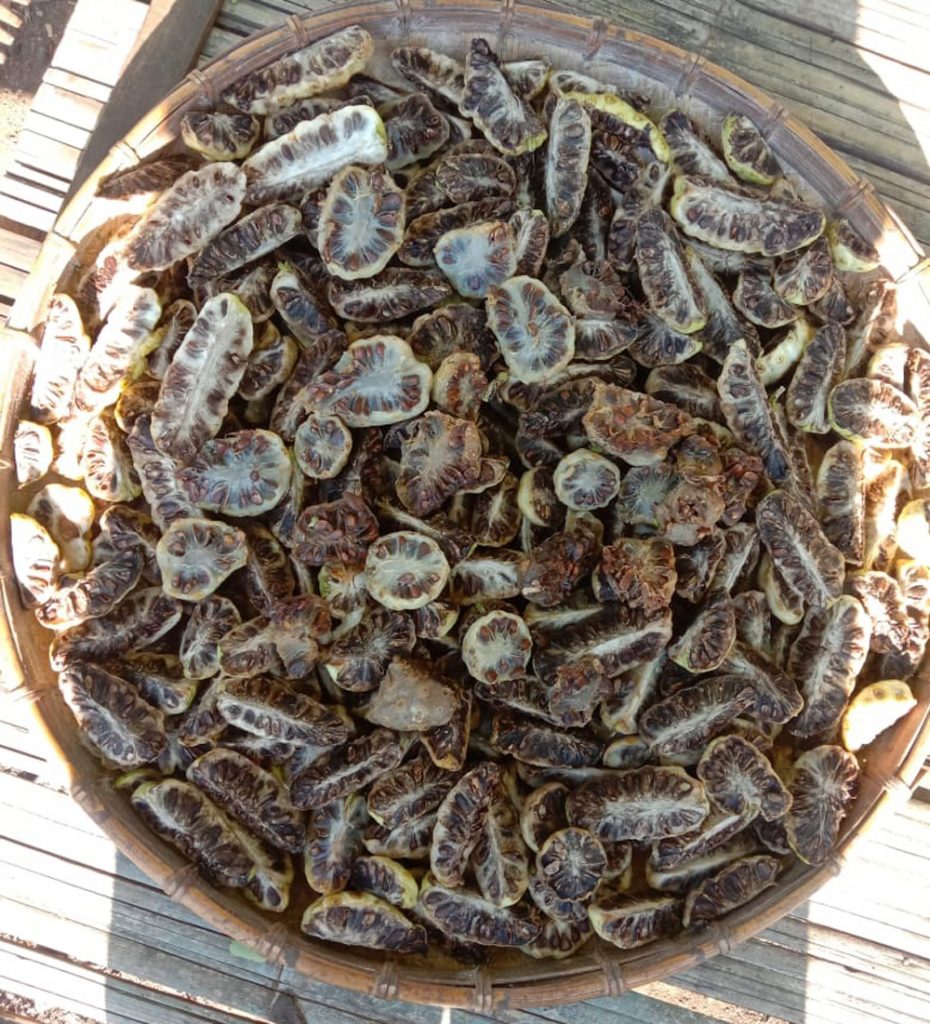
Dried Noni Fruit processed by our partners in Flores.

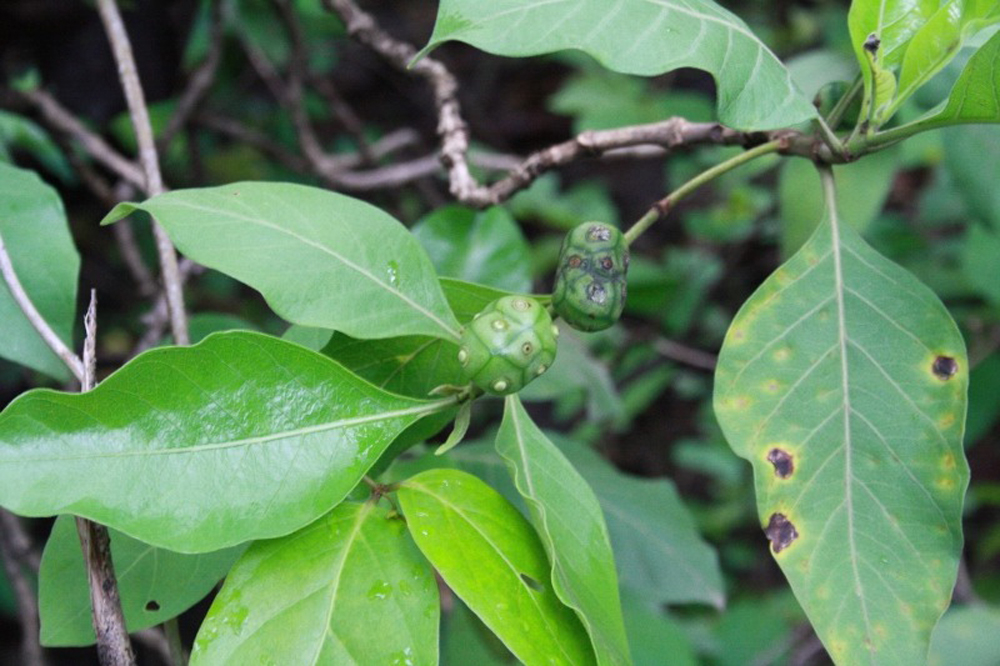 Jack Fruit trees: We have chosen this as one of our favourite trees, not only that they are long-lived, but they are so easy to grow in Indonesia from seeds and they are an extremely popular fruit. We also believe that Jack fruit can be used as part of our staple diet. The young jack fruit can be cooked as a meat replacement in curries, rendang and many other dishes. This is the fruit of the future. We would like to embrace this fruit and encourage the communities to understand its benefits. The ripe jack fruit is of course very delicious and popular in South East Asia and can also be processed into dried jack fruit crisps. The leaves and the bark of jackfruit can produce yellow natural dye.
Jack Fruit trees: We have chosen this as one of our favourite trees, not only that they are long-lived, but they are so easy to grow in Indonesia from seeds and they are an extremely popular fruit. We also believe that Jack fruit can be used as part of our staple diet. The young jack fruit can be cooked as a meat replacement in curries, rendang and many other dishes. This is the fruit of the future. We would like to embrace this fruit and encourage the communities to understand its benefits. The ripe jack fruit is of course very delicious and popular in South East Asia and can also be processed into dried jack fruit crisps. The leaves and the bark of jackfruit can produce yellow natural dye.

Candlenut trees: These trees grow well in Indonesia and can be propagated from seeds easily. Candlenut trees are long-lived and will grow very large and will tolerate many soil condition. Candlenut is used in the preparation of the yarn before dying, it is more like mordanting. This process called “peminyakan” within the weaving communities. Candlenuts are also consumed in cooking and exported as commodities from Indonesia.
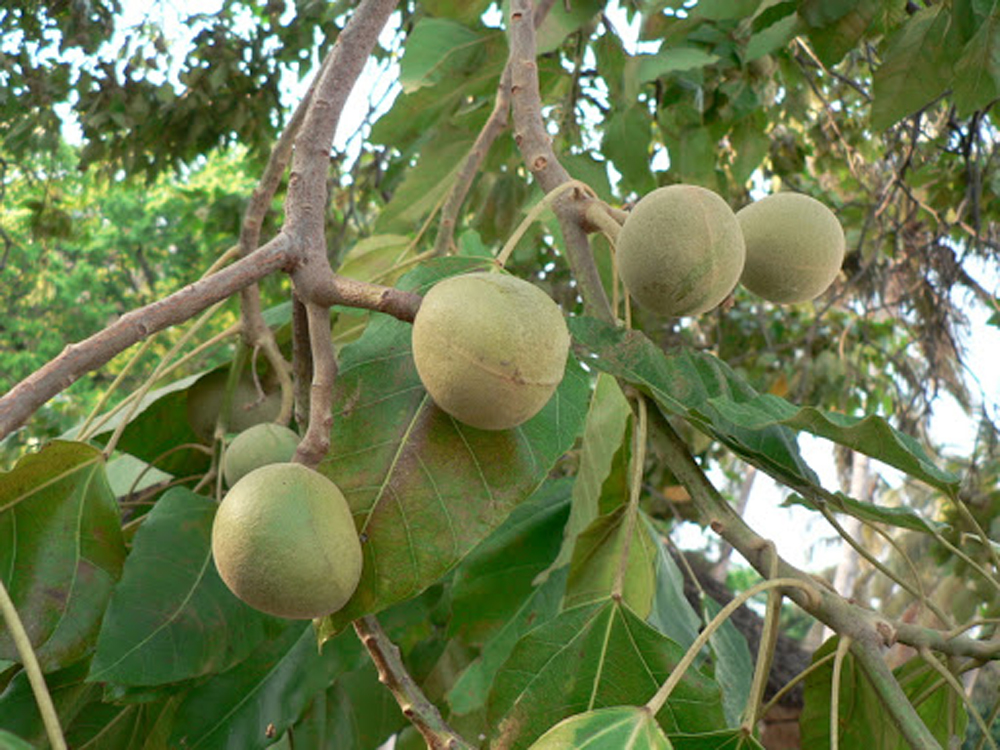
Ketapang (Indian Almonds): These trees are long-lived, will grow into very large trees and produce masses of leathery leaves and will help clean the air and produce a good supply of oxygen for the environment. The leaves produce black and beige natural dye, depending on the mordant used. Ketapang grows easily in Indonesia and will tolerate harsh soil condition.

In addition to our long-lived plants, we will also be planting other smaller trees and bushes for their beauty, their natural dye and medicinal properties such as Kesumba Plant below.
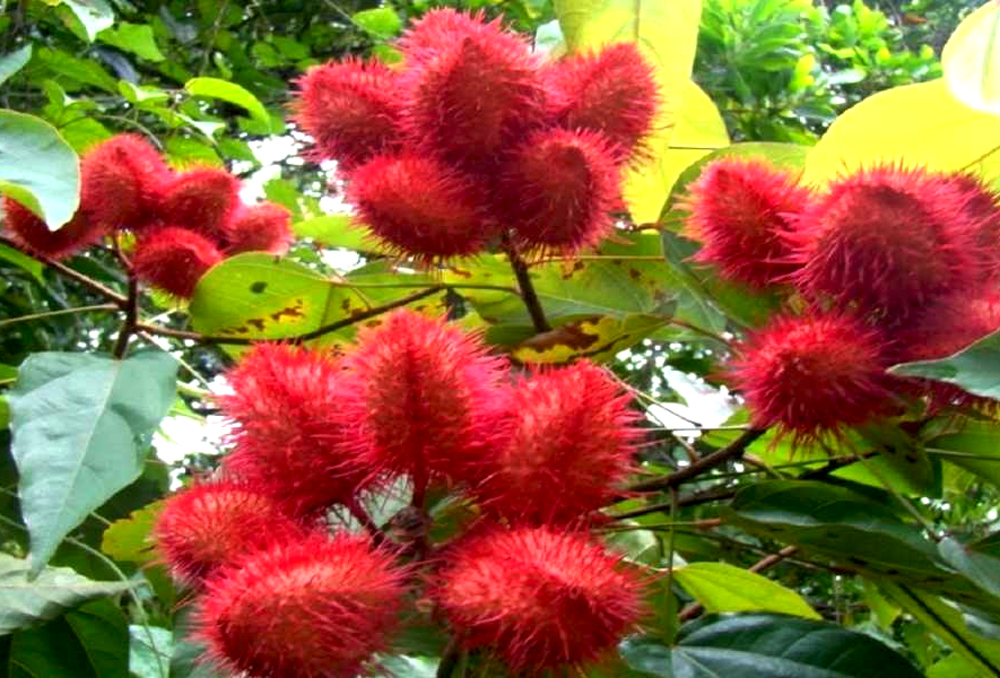
In early 2021 we plan to start the projects from Flores, then Lake Toba (North Sumatra), and hopefully to continue to South Sulawesi and many other parts of Indonesia. Please follow our progress through our blog.
